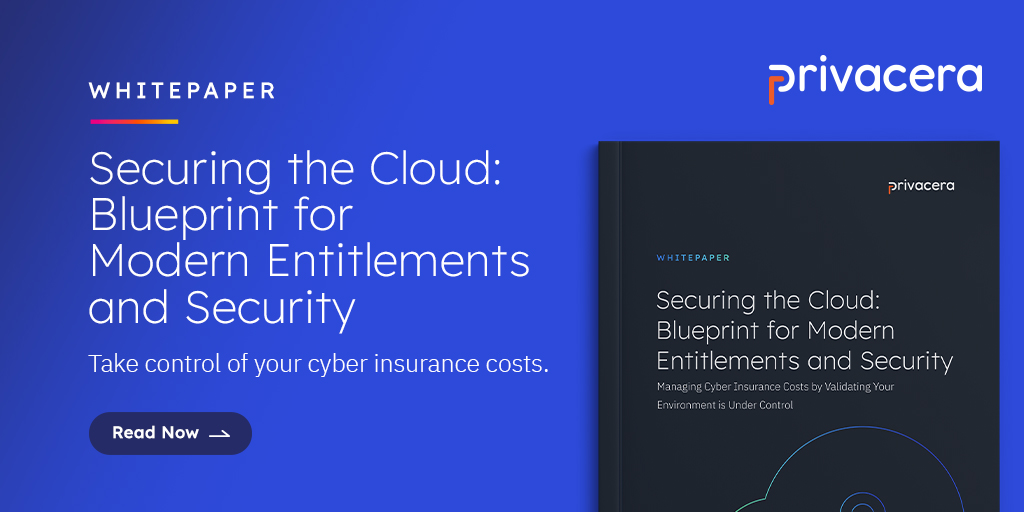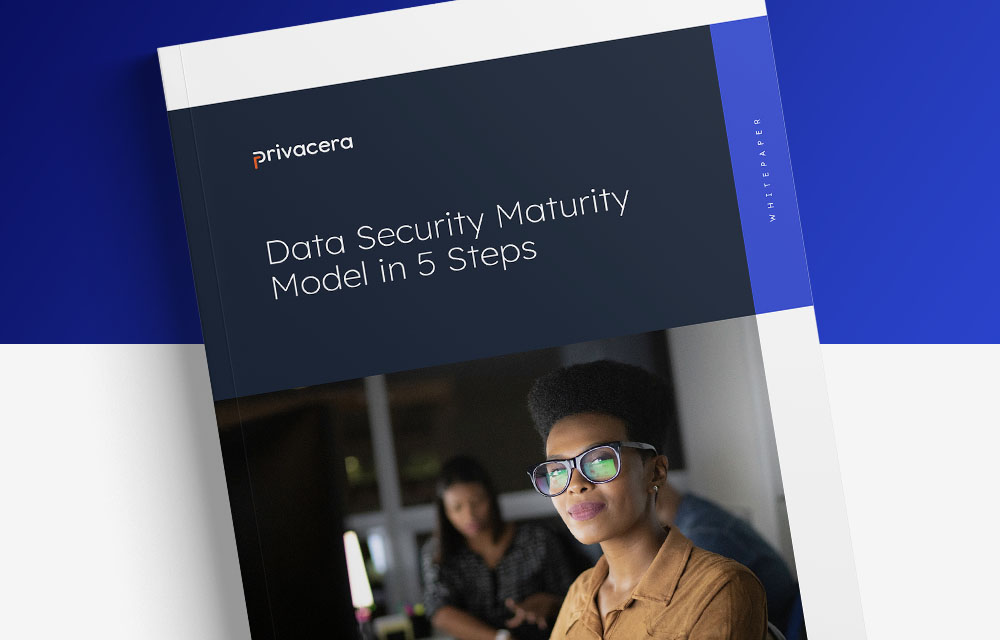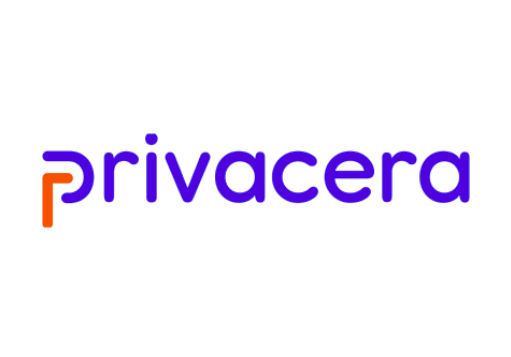One of the biggest challenges in today’s online world is providing the proper access privileges to the right people.
Too often, networks are easily hacked with just a single compromised account. In fact, according to IBM’s 2022 Cost of Data Breach Report, phishing was one of the most used tactics in 2022—employed in 65% of all cyber security cases.
One of the best strategies to avoid this is to use fine-grained access control and coarse-grained access control systems. When used properly, these approaches can help protect your network while giving users free access to relevant data.
But before we get to the fine/coarse scale definition, let’s discuss granular authorization.
What is Granular Authorization?
Granular authorization determines how specific an identity and access management (IAM) system can get when allowing users access to a network or system.
Let’s give an example. Suppose you need to restrict data access only to specific roles in your organization.
A less granular approach might be to only grant people from the marketing department permission to access the data. But you can be more specific than this. For instance, you can enable the department head to edit and add data while restricting lower-ranked employees only to reading it.
Generally, finer granular authorization affords better control and precision because it considers more context. This leads to better security and safety. It’s also more flexible, thus upholding network integrity without sacrificing efficiency.
There are two broad categories of granularity: coarse and fine. Let’s discuss them in greater detail next.
What is Fine-Grained Access Control?
Fine-grained access control grants or restricts user access in a more specific way. It uses more context and variables as factors during the decision-making process.
For instance, instead of saying that “only employees from the Sales department can access this data,” you can add more parameters, like “only employees from the Sales department, who have a tenure of more than one year, can access this data, but only between 8:00 am and 5:00 pm.”
Fine-grained authorization can also control the level of data available for access.
For example, it can grant access to the column or row level. Or, in the case of file systems, it can block certain files or folders from specific users.
Pros and Cons
The biggest draw of fine-grained vs. coarse-grained access is the level of control it gives. Administrators have the flexibility to apply any number of parameters they want to fine-tune access only to specific users.
This is especially useful when dealing with special cases that require specialized access privileges.
A classic example of this is granting access to third-party service providers. This is nearly impossible with coarse-grained authorization. But with fine-grained controls, you can grant conditional privileges without exposing the whole network.
Because of its flexibility and adaptability, it’s generally more secure to have fine-grained vs. coarse-grained access control. For example, administrators can restrict users recently flagged for high-risk activities, even with authorization. This prevents compromised accounts from breaking through the system.
However, fine-grained access control requires much time, money, and effort for setup. You’ll often need a dedicated identity and access management (IAM) system with fine-grained capabilities.
The complexity of fine-grained authorization is also a double-edged sword, as a wrongly-applied policy can hinder your operation. This can cost you more time and money to fix the problem.
Thus, it’s often more suitable for a start-up to have a coarse vs. fine access management approach. The former costs less and can be up and running quickly – perfect for smaller organizations.
Now that we’ve discussed the pros and cons, let’s look at two popular approaches for fine-grained access – attribute-based and role-based.
Attribute-Based Access Control (ABAC)
Attributed-based access control (ABAC) uses attributes as criteria when granting or denying user access. It does this by creating rules and policies.
For instance, you can create a rule that states, “all users that have a tenure of fewer than six months can’t access level 2 data and higher.” In this policy, the tenure attribute is used as the condition.
Attribute-based access is one of the more powerful approaches to authorization because it gives so much granularity. It also allows you to mix and match attributes to create access policies for any situation imaginable.
Attribute-based rules can also be layered on other methods like role-based or resource-based systems. This can help improve the flexibility and control of your existing access management system.
For more information on attribute-based access control, check out our article here.
Role-based Access Control (RBAC)
Role-based access control (RBAC) assigns access privileges to roles that are then connected to persons in the organization.
For instance, you can give a “financial analyst” role access to the organization’s accounting database. You then assign this role to the analyst in the finance team, which automatically gives them access to the accounting data.
The good thing with RBAC is that you can assign a person multiple roles. For example, the sales manager can have the role of “financial analyst” and “sales associate” to access the accounting and sales database, respectively.
For more information on role-based access control, please read our guide here.
Use Cases
There are plenty of situations where fine-grained access is highly desired.
One example of this is when you have employees across the world. You can use fine-grained controls to provide data access based on location – such as only allowing the Asia team to look at Asia’s sales figures.
Another example is restricting data access only during certain hours of the day. Perhaps you want to limit access to sensitive data at night when fewer eyes watch it.
Fine-grained access control can also make centralized data storage possible.
For instance, you can use Oracle fine-grained access controls to limit users to only seeing specific database rows or columns. In effect, it’s like creating a virtual private database for each user, hiding irrelevant information.
What is Coarse-Grained Access Control?
Coarse-grained access control is an approach where access is granted or denied based only on a single factor.
This is often based on the user’s role, but anything can be a factor. This includes the location, IP address, risk level, seniority, and more.
For instance, one classic example of a coarse data access policy is to provide sales team access to the company sales database. It doesn’t matter if they’re a new hire or the team lead – they get equal access rights.
Pros and Cons
The most significant difference between coarse and fine access is simplicity, and the former wins here.
Coarse-grained policies are generally easier to set up and understand. You can bake authorization rules right into the application logic at the most basic level. This makes them suitable for smaller organizations with fewer roles. You also don’t need complex platforms to manage them.
Of course, this is at the expense of flexibility and control. Coarse-grained policies are rigid, making them ill-equipped to handle the myriad of situations larger corporations face.
For instance, giving conditional access to temporary workers, third-party providers, or company visitors is challenging. Another example is when an employee requires data outside their role boundary. Granting this with coarse-grained rules is impossible.
Safety is also a considerable concern. It’s easier for hackers to bypass coarse-grained rules because they can’t adapt as quickly to changing threats.
Use Cases
As mentioned, coarse-grained access control is best for simpler use cases.
For instance, consider you just built a start-up comprising only five employees. At this size, it’s quite trivial to assign and manage access privileges. It’s also easy to react to any potential breach that would occur. Thus, coarse-grained policies are better here.
Another example is if you have a tight budget for your small organization. Here, adopting a coarse-grained access management system is better, diverting your funds to more robust cyber security measures instead.
It Shouldn’t Be a “Coarse/Fine” Debate
Both fine-grained and coarse-grained access control systems have advantages. In our opinion, the best data access control approach should combine fine and coarse policies. Each should be used when appropriate—coarse-grained for simpler applications and fine-grained when you want to handle sensitive data.
That’s why Privacera offers the best of both fine and coarse worlds. In addition, our identity and access management (IAM) solution supports attribute-based control, role-based control, and governed data sharing for the utmost flexibility.
Explore more details on how to simplify your organization’s data access, security, and privacy with Privacera, including the control of data access to meet both data privacy and regulatory compliance through a unified data governance platform. Get your complimentary copy of the latest GigaOm Radar for Data Governance to evaluate vital criteria and metrics. Download report.





